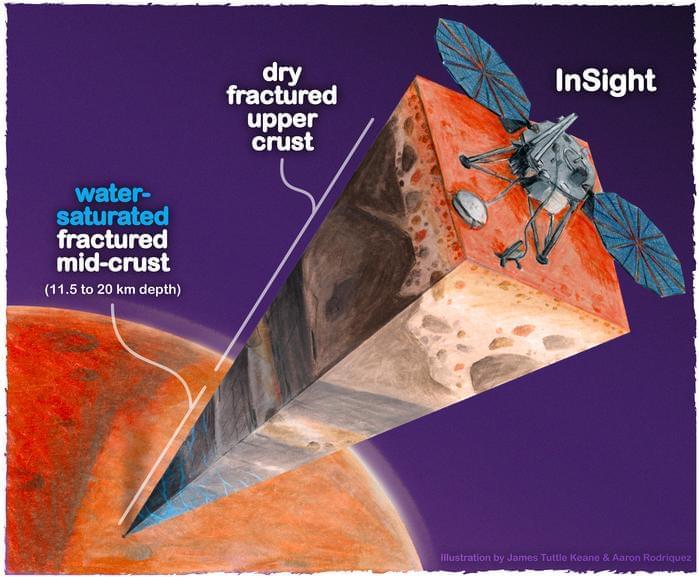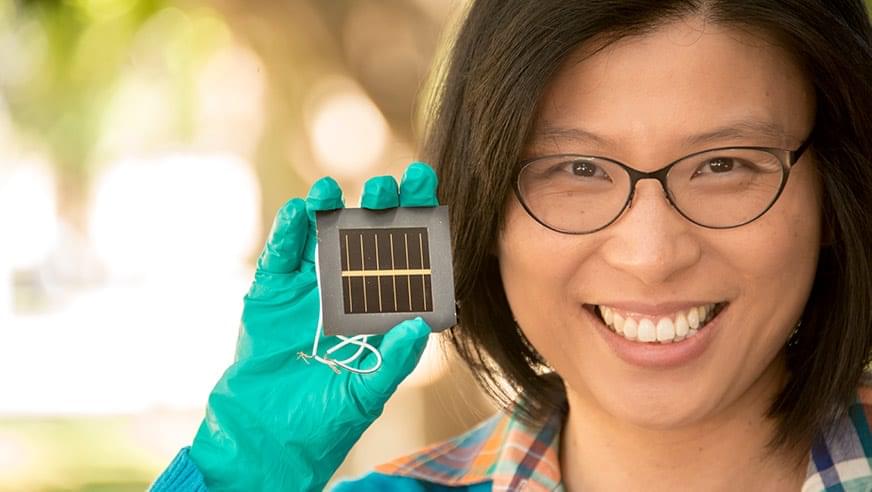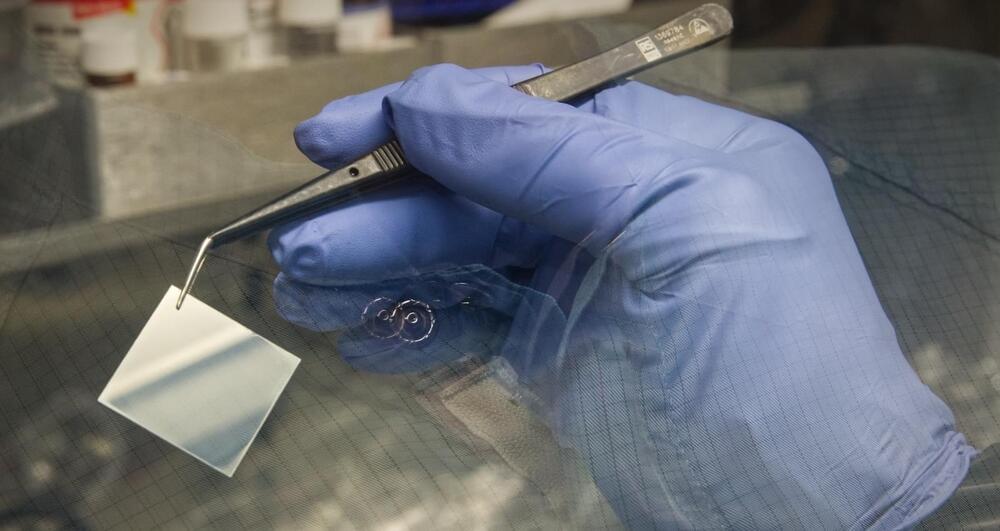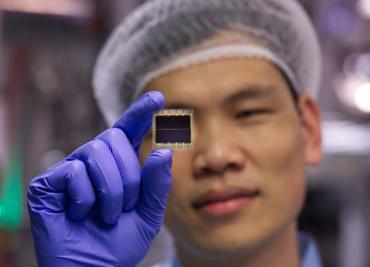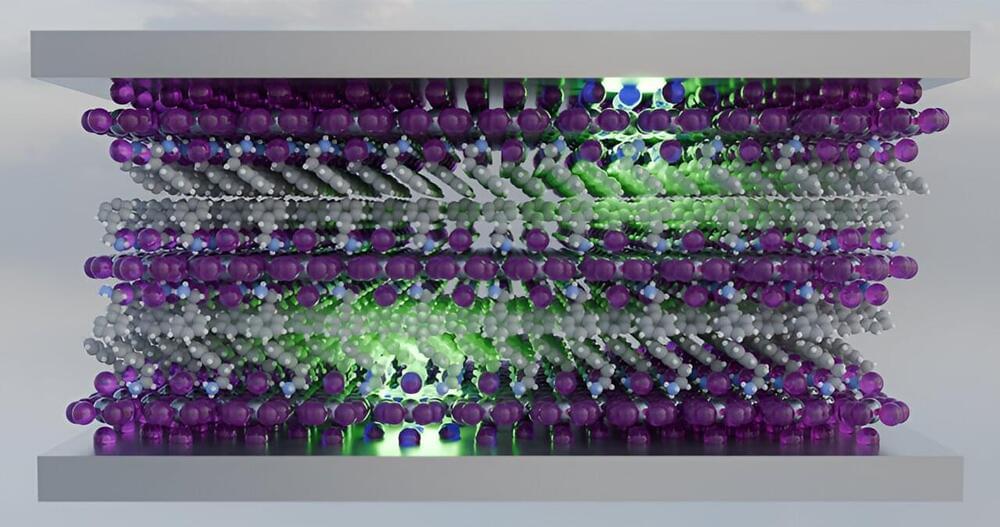
Space-based solar power, an innovative concept that involves capturing solar energy in space and transmitting it to Earth, offers limitless opportunities in system design, manufacturing and deployment. This technology has the potential to revolutionize the energy industry, addressing global clean energy demands while minimizing environmental impact.
The availability of space resources, such as asteroid mining and lunar regolith utilization, presents opportunities for companies that invest in technologies and techniques to extract and process these resources, including precious metals, water and rare minerals.
The importance of continued investment in space exploration cannot be overstated. As space technology advances, businesses must consider potential applications in their industries. Collaboration between space agencies and private companies is key to driving innovation and economic growth, offering countless opportunities for the future.

